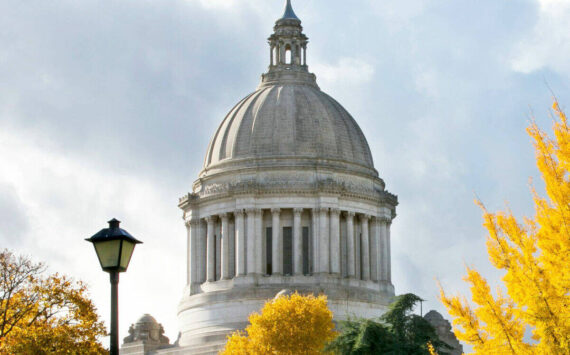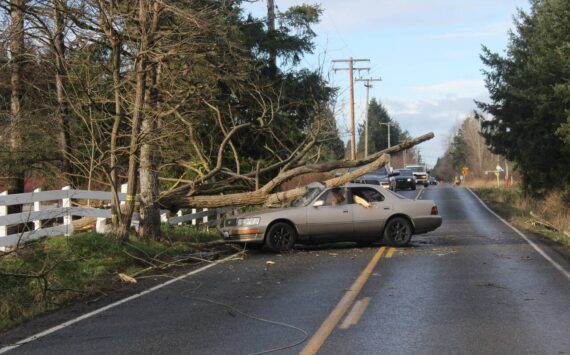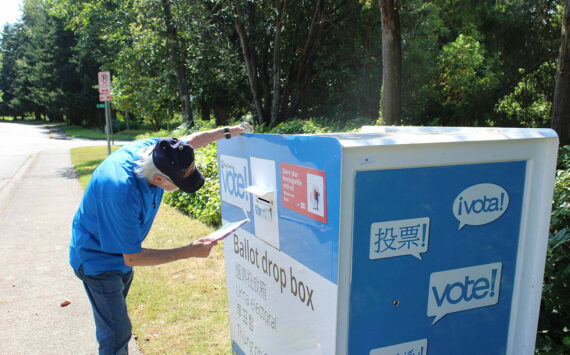Seattle Mayor Greg Nickels and National Trust for Historic Preservation President Richard Moe yesterday announced a new private-sector effort to rehabilitate historic buildings with energy-efficient technology.
The new Preservation Green Lab is created by the National Trust for Historic Preservation and funded in part with a $50,000 grant from the City of Seattle over two years. The first of its kind in the nation, the Preservation Green Lab partners with selected cities and states to suggest innovative sustainable development policies for existing buildings and neighborhoods. In addition, the lab will also serve as a national clearinghouse for best practices for green rehabilitation.
“Our buildings are our history,” said Nickels. “We need to preserve our past, but we also need to prepare for the future. By adapting the latest technology, we can renovate our historic buildings without toasting the planet. We welcome the Preservation Green Lab and look forward to a future of preservation.”
The launch of the Preservation Green Lab was held in the Joseph Vance Building, a revitalized 1920s era 120,000 square foot mixed use office/retail building in downtown Seattle. It is anticipated that the Vance Building will receive LEED-EB Gold Certification. It combines historic preservation and green building practices, and illustrates the connection between sustainable development and historic preservation.
“The establishment of this field office will further the goals of the National Trust for Historic Preservation’s Sustainability Program, which include promoting building reuse, reinvestment in older communities, and the greening of existing buildings to combat climate change,” said Moe. “With more than 43 percent of the nation’s carbon emissions coming from the operation of buildings, reusing and improving the energy efficiency of older and historic buildings is an essential part of a sustainable future.”
The Preservation Green Lab, located in the Piston & Ring Building, will be headed by Liz Dunn, a former developer. Her work preserved the Pacific Supply, Piston & Ring and Melrose Triangle buildings that are part of the “auto row” heritage of Seattle’s Capitol Hill neighborhood. Dunn is a long-time advocate for retaining the historic characteristics of neighborhoods.
“Restoring old buildings and preserving neighborhood fabric is often the most sustainable thing we can do,” said Dunn. “I look forward to working with the City of Seattle on developing protocols that balance our need for increased urban density with preservation of historic urban fabric.”
Support for the Preservation Green Lab was made possible by the City of Seattle, the Kresge Foundation, the Bullitt Foundation, the Charles Evans Hughes Foundation, the Goodfellow Fund, 4Culture, and Mr. and Mrs. Kevin Daniels.
For more information about the Preservation Green Lab, visit http://www.preservationnation.org/issues/sustainability/green-lab .




